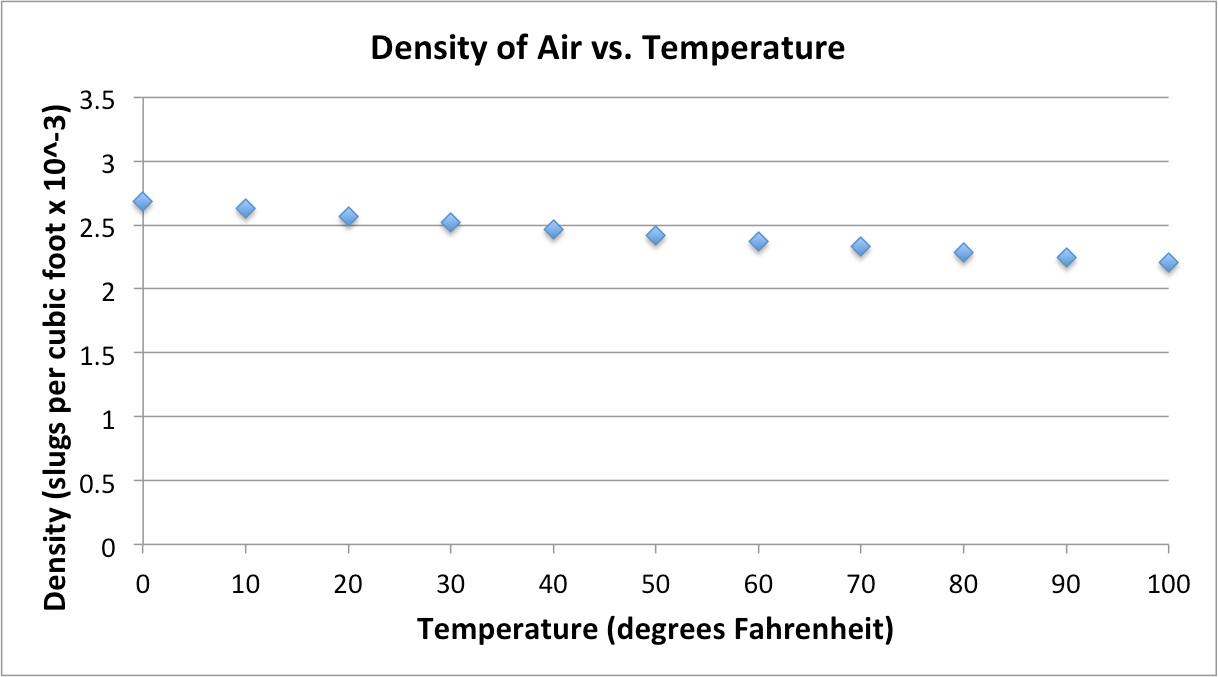Thermal management for increased power
#17
Lexus Champion
Thread Starter
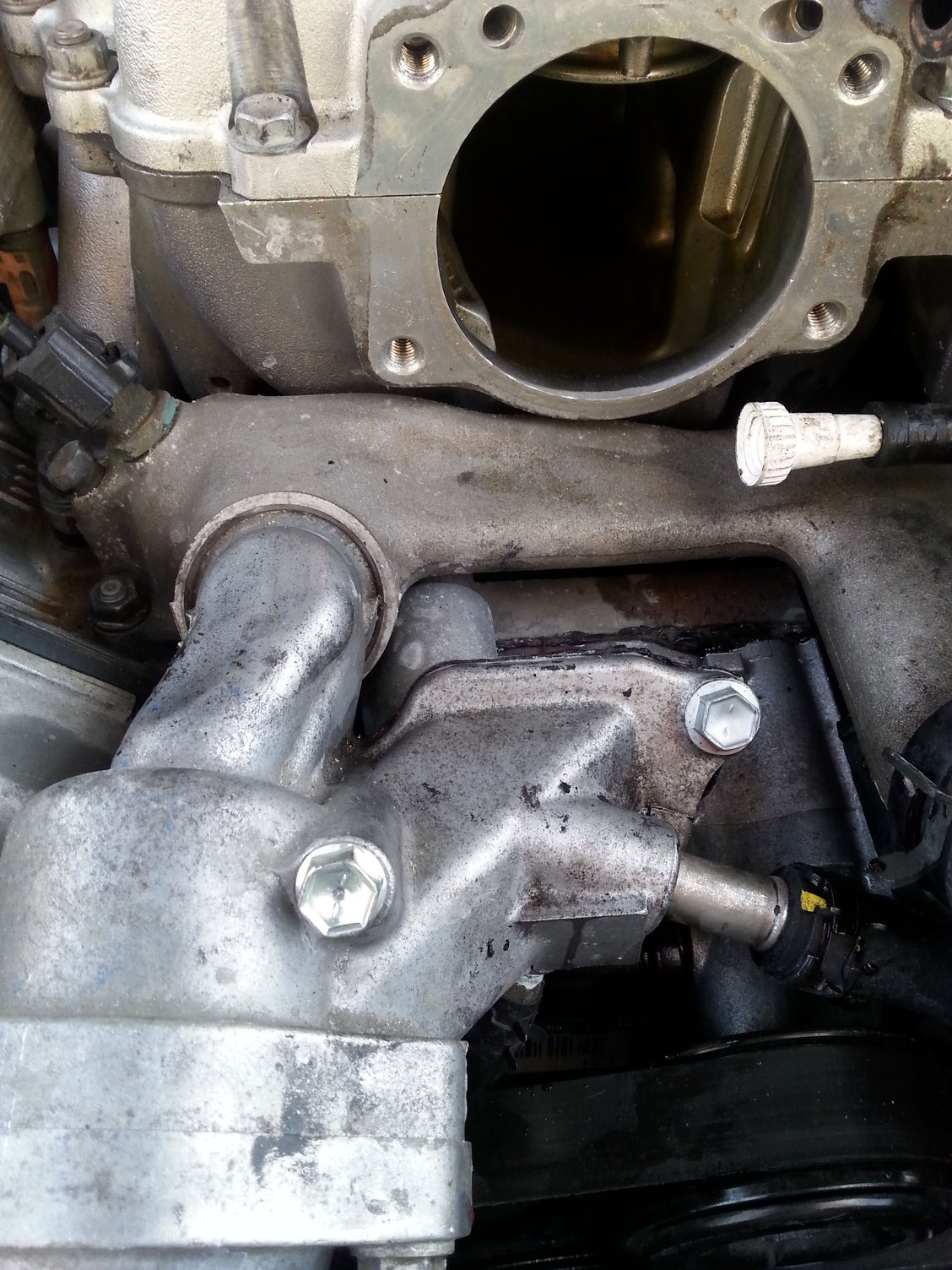

Prepared a cardboard template...
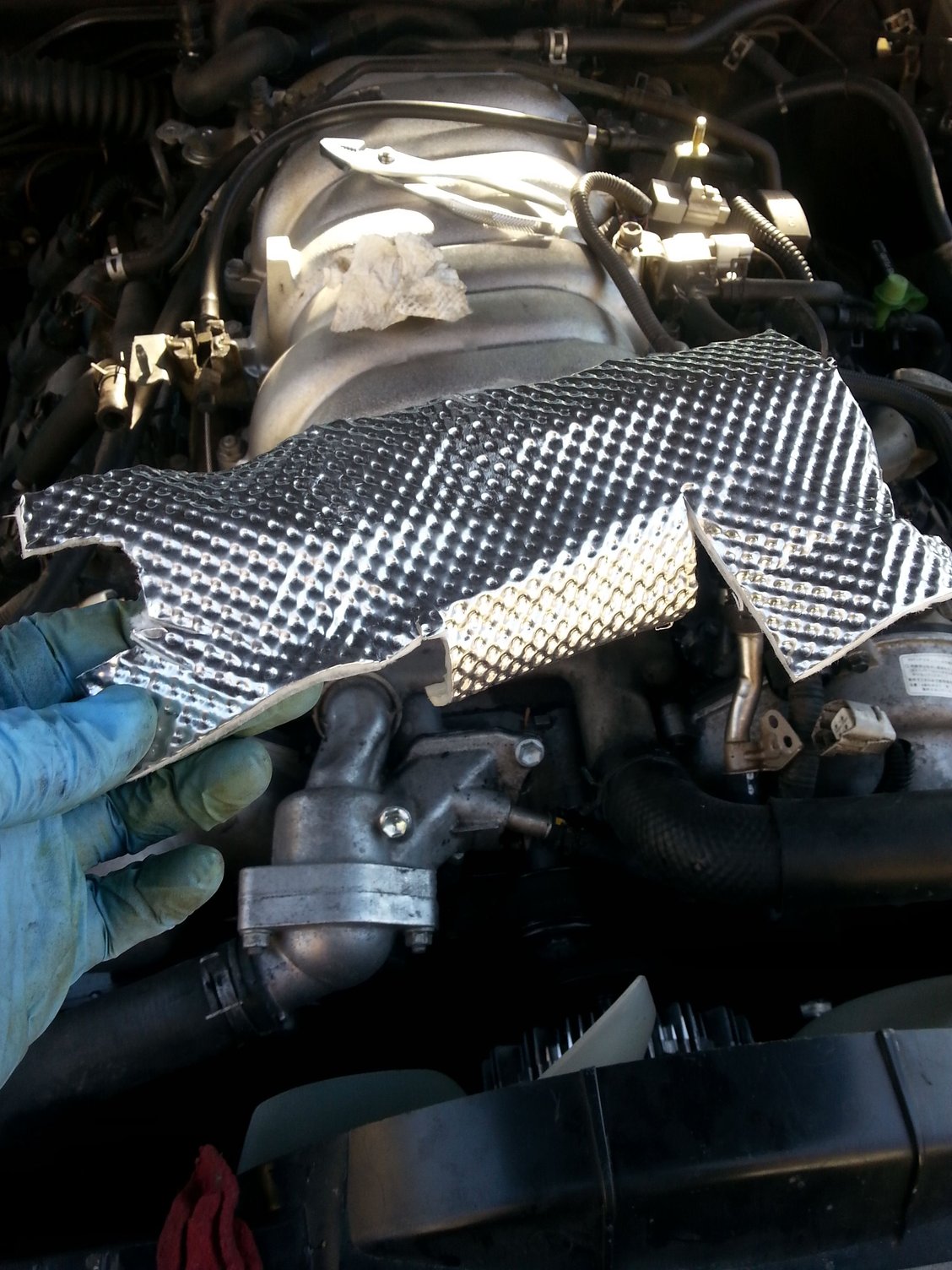
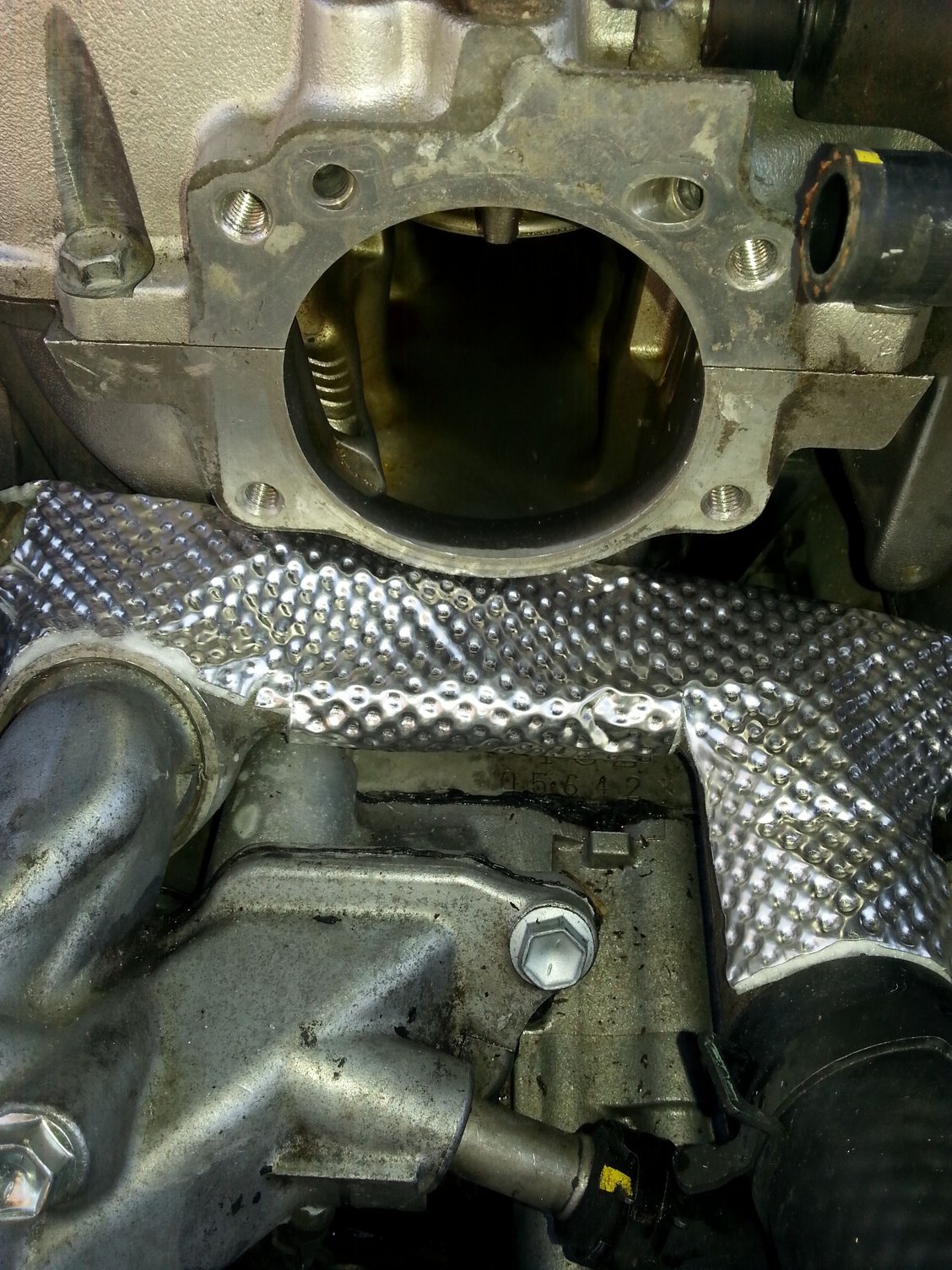
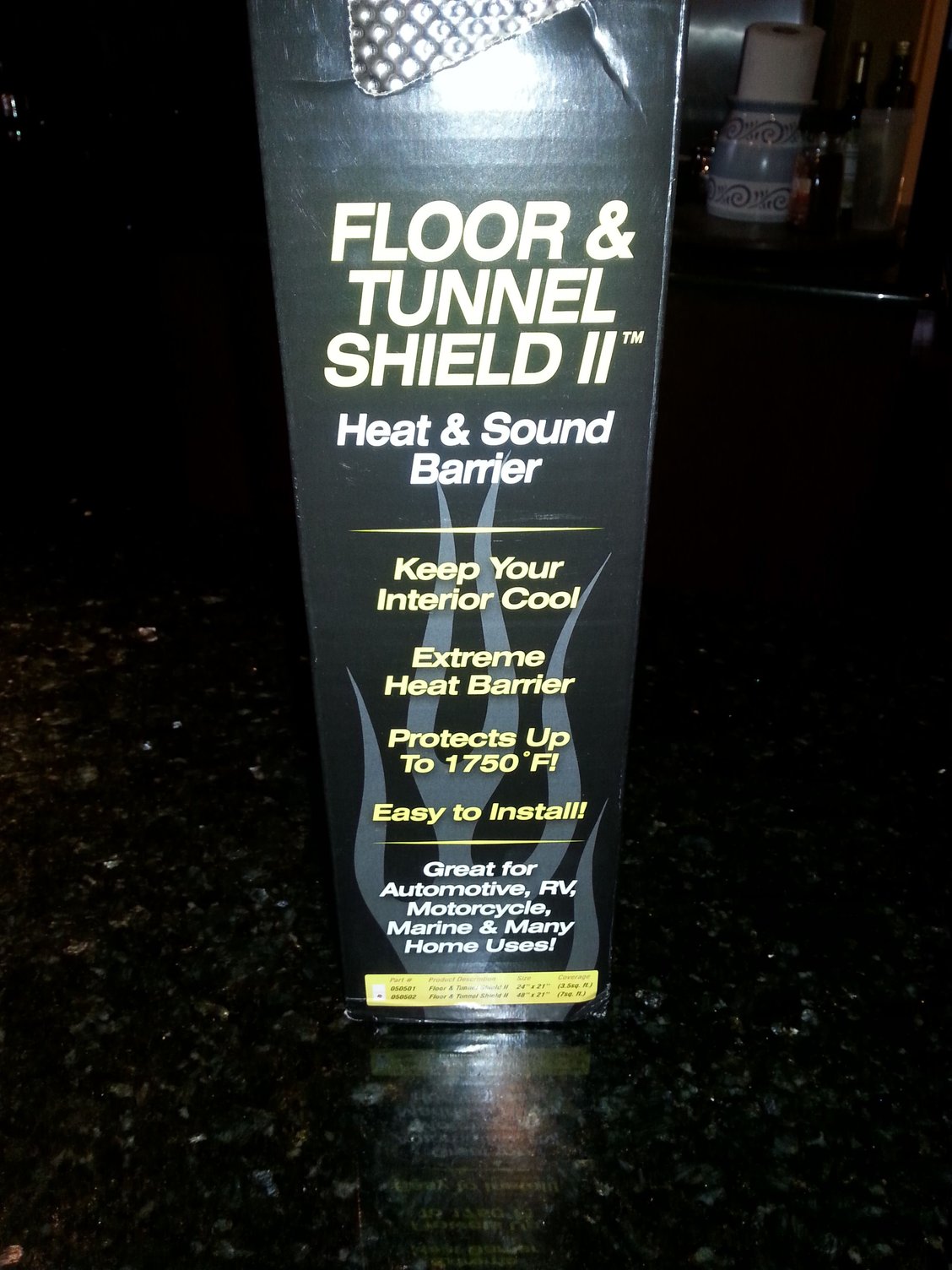
Last edited by YODAONE; 01-20-18 at 03:28 PM.
The following users liked this post:
Giorgio13 (05-05-19)
#19
Lead Lap
so.... has any testing been done to back this up?
#22
Lead Lap
#23
Lexus Champion
Thread Starter
Before and after dyno results on extrude honing the intake were questioned;
https://www.clublexus.com/forums/ls-...rude-hone.html
H.P. increases result from increasing charge density through decreasing intake air temperature.
In this instance, smoothing the inside of intake runners via extrude-honing reduced the surface area available to impart manifold heat into intake charge.
David Vizard's chart provides torque % ncrease with air temperature drop...your results may vary.
Toyota took minimal steps to increase intake charge density through insulating intake manifold gaskets.
On the thermal management side, automakers have not done all they can, which leaves room for improvement, hence this post.
And this is just the intake side....
The Exhaust system, if more fully insulated would increase exhaust gas velocity.
If cylinder head exhaust ports were extrude-honed, would reduce surface area by 33 - 50%... less work for the water pump, the ECU could increase timing advance and better scavenging because the heads are not absorbing as much exhaust heat.
In the current scheme the exhaust system cools significantly from the exhaust manifold to the tailpipe...lost velocity = lost power.
One of the reasons larger diameter exhaust pipes reduce low end torque...increased surface area = increased cooling = lost velocity
I can touch my tailpipe end and not burn myself, where touching the exhaust manifold burns.
Optimally, the entire exhaust system would receive credible thermal insulation or shielding from front to back.
Easy enough to measure before and after tailpipe temperature.
There is plenty to work with from in this post.
Here is Vizard's intake charge chart for your use .
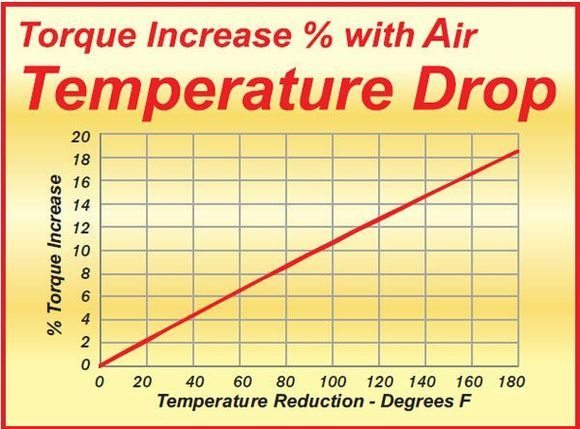
#24
Lead Lap
afterword that number increased to just under 290 crank hp, aka exactly what's advertised... so yes i will still question the efficacy of the modifications, toyota in the nearly half billion dollars they spent designing this engine did not "leave about 20 hp on the table" to be unlocked by making the inside of the intake a tad more polished
i appreciate you doing that though since i got to see a lot of cool pictures and angles of the intake and acis that i don't normally get to, but for now as i've not dyno'd my car i'll temporarily retract myself from the extrude honing matter
i'm not disagreeing with you on physics, i'm just saying you haven't presented any real world data indicating that this made an appreciable difference in performance... i'd love to be wrong here because this is a 'mod' i'd happily do
#25
Moderator

Anything quantifiable really...
The graphs and equations are, I'm sure, valid but with no application specific (your efforts) data (temps) they remain theoretical for the purpose of this thread. If you could find a way to measure the temp of air as it passes into the throttle body, after experiencing heat of the ducting, before and after your insulation efforts we would have some numbers to work with. This also brings up another point, how much time does the air spend inside the ducting, and how much is the temp increased, typically, from the outside temp? This is a very important part of the equation that has been completely ignored. What is the temp increase as the air passes through the ducting? I just don't see the air spending enough time, probably less than 2 seconds, between the entry point a top the radiator and throttle body to experience a drastic change in temperature.
"My conservative estimate is temperature reduction of 40 Degrees F....about 4% torque increase through insulating intake conduit to throttle body..."
I seriously doubt the air has enough time inside the ducts to "cook', as you have suggested, enough to even raise 40 degrees. It simply passes through much too quickly to absorb a significant amount of heat. That said you're estimating these insulation efforts would actually cause the air to enter the throttle body LOWER than the ambient air temp...?!?!?!?
"Will take before and after temperature readings of top right and tleft of ram air housing."
Any data...?
The graphs and equations are, I'm sure, valid but with no application specific (your efforts) data (temps) they remain theoretical for the purpose of this thread. If you could find a way to measure the temp of air as it passes into the throttle body, after experiencing heat of the ducting, before and after your insulation efforts we would have some numbers to work with. This also brings up another point, how much time does the air spend inside the ducting, and how much is the temp increased, typically, from the outside temp? This is a very important part of the equation that has been completely ignored. What is the temp increase as the air passes through the ducting? I just don't see the air spending enough time, probably less than 2 seconds, between the entry point a top the radiator and throttle body to experience a drastic change in temperature.
"My conservative estimate is temperature reduction of 40 Degrees F....about 4% torque increase through insulating intake conduit to throttle body..."
I seriously doubt the air has enough time inside the ducts to "cook', as you have suggested, enough to even raise 40 degrees. It simply passes through much too quickly to absorb a significant amount of heat. That said you're estimating these insulation efforts would actually cause the air to enter the throttle body LOWER than the ambient air temp...?!?!?!?
"Will take before and after temperature readings of top right and tleft of ram air housing."
Any data...?
The following users liked this post:
oldskewel (05-06-19)
#26
Lexus Champion
Thread Starter
Anything quantifiable really...
The graphs and equations are, I'm sure, valid but with no application specific (your efforts) data (temps) they remain theoretical for the purpose of this thread. If you could find a way to measure the temp of air as it passes into the throttle body, after experiencing heat of the ducting, before and after your insulation efforts we would have some numbers to work with. This also brings up another point, how much time does the air spend inside the ducting, and how much is the temp increased, typically, from the outside temp? This is a very important part of the equation that has been completely ignored. What is the temp increase as the air passes through the ducting? I just don't see the air spending enough time, probably less than 2 seconds, between the entry point a top the radiator and throttle body to experience a drastic change in temperature.
"My conservative estimate is temperature reduction of 40 Degrees F....about 4% torque increase through insulating intake conduit to throttle body..."
I seriously doubt the air has enough time inside the ducts to "cook', as you have suggested, enough to even raise 40 degrees. It simply passes through much too quickly to absorb a significant amount of heat. That said you're estimating these insulation efforts would actually cause the air to enter the throttle body LOWER than the ambient air temp...?!?!?!?
"Will take before and after temperature readings of top right and tleft of ram air housing."
Any data...?
The graphs and equations are, I'm sure, valid but with no application specific (your efforts) data (temps) they remain theoretical for the purpose of this thread. If you could find a way to measure the temp of air as it passes into the throttle body, after experiencing heat of the ducting, before and after your insulation efforts we would have some numbers to work with. This also brings up another point, how much time does the air spend inside the ducting, and how much is the temp increased, typically, from the outside temp? This is a very important part of the equation that has been completely ignored. What is the temp increase as the air passes through the ducting? I just don't see the air spending enough time, probably less than 2 seconds, between the entry point a top the radiator and throttle body to experience a drastic change in temperature.
"My conservative estimate is temperature reduction of 40 Degrees F....about 4% torque increase through insulating intake conduit to throttle body..."
I seriously doubt the air has enough time inside the ducts to "cook', as you have suggested, enough to even raise 40 degrees. It simply passes through much too quickly to absorb a significant amount of heat. That said you're estimating these insulation efforts would actually cause the air to enter the throttle body LOWER than the ambient air temp...?!?!?!?
"Will take before and after temperature readings of top right and tleft of ram air housing."
Any data...?
Then scroll down until you locate the before and after dyno PDF's.
Those who don't agree with posted torque and HP increases, then feel free to conduct your own projects and post the results.
#27
Moderator

Extrude hone, of course, it works. It better if you're willing to pay for it.
As far as this thread is concerned there's still no data supporting the claims.
Last edited by bradland; 05-06-19 at 01:16 AM.
#28
Lead Lap
I wasn't aware, until now, that this is a continuation of the exrtude hone project. I'm guessing I'm not the only person who overlooked that. Maybe you should have added this info to the extrude hone thread insted of starting a new one to avoid confusion. This is an open forum that functions at it's best when users collaborate ideas in an effort to share and learn. People are going to ask questions. Denying those questions with an elitist response provides no benefit to the forum as a whole. Again, this is a forum not a cult...
Extrude hone, of course, it works. It better if you're willing to pay for it.
As far as this thread is concerned there's still no data supporting the claims.
Extrude hone, of course, it works. It better if you're willing to pay for it.
As far as this thread is concerned there's still no data supporting the claims.
mr. yoda, when you got the car dyno'd did they use 3rd or 4th gear? i just wanna make sure mine is done the exact same way for the full apples to apples comparison... with no manual gear lock at low speeds i guess the only way to get a good reading would be to put the car in 4th, build up to 100 and then put your foot down to avoid the chance of a downshift
#29
Lexus Champion
Thread Starter
i don't see how this is a continuation of the extrude hone thread, which again i'm gonna save my comments on until i get my car dyno'd (see my post #24 above), and i don't doubt that extrude honing works but no way does it add another 15 hp to a vvti 1uz that's already working properly and doesn't have a completely filthy throttle body or something
mr. yoda, when you got the car dyno'd did they use 3rd or 4th gear? i just wanna make sure mine is done the exact same way for the full apples to apples comparison... with no manual gear lock at low speeds i guess the only way to get a good reading would be to put the car in 4th, build up to 100 and then put your foot down to avoid the chance of a downshift
mr. yoda, when you got the car dyno'd did they use 3rd or 4th gear? i just wanna make sure mine is done the exact same way for the full apples to apples comparison... with no manual gear lock at low speeds i guess the only way to get a good reading would be to put the car in 4th, build up to 100 and then put your foot down to avoid the chance of a downshift
Here, even a professional before/after dyno testing is subject to interrogation.
Thank you for making the point.
The name of agency who performed dyno testing is contained on the test reports
You are certainly welcome to contact them regarding their practices and report back.
#30
Lead Lap
This goes a little bit to what I am talking about posting data of any kind.
Here, even a professional before/after dyno testing is subject to interrogation.
Thank you for making the point.
The name of agency who performed dyno testing is contained on the test reports
You are certainly welcome to contact them regarding their practices and report back.
Here, even a professional before/after dyno testing is subject to interrogation.
Thank you for making the point.
The name of agency who performed dyno testing is contained on the test reports
You are certainly welcome to contact them regarding their practices and report back.
and you always like to ignore that in the 'before' dyno run the car was down on power, and the extrude hone and cleaning simply brought the power back up to what it should be... if the 'after' run was like 250-260 whp, then we'd have something to talk about... but i'd bet that a simple thorough cleaning of the intake and throttle body would've produced the same results


